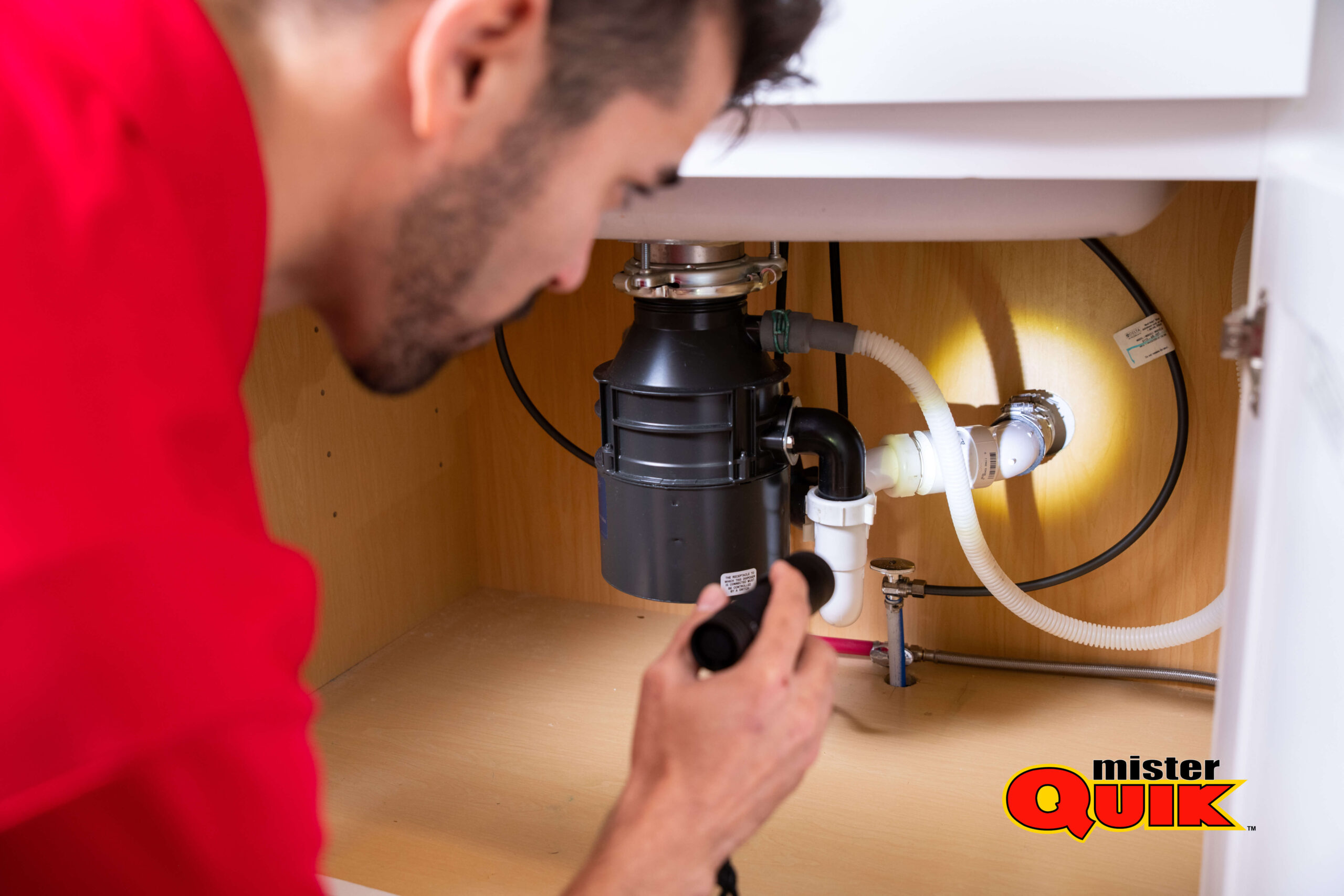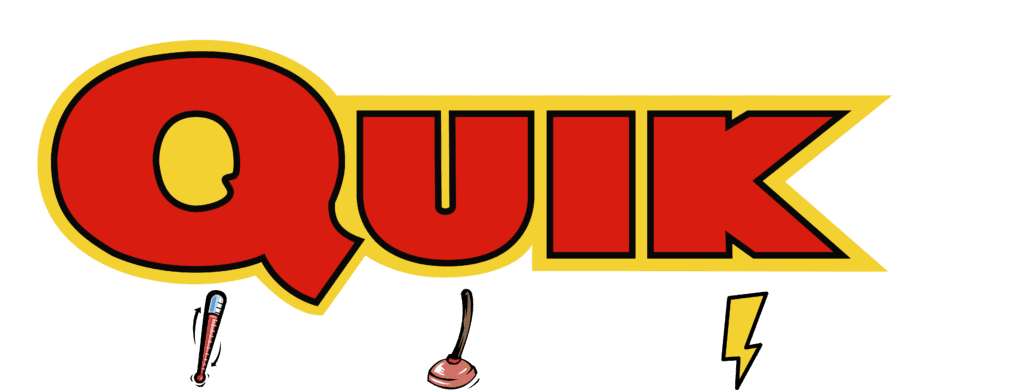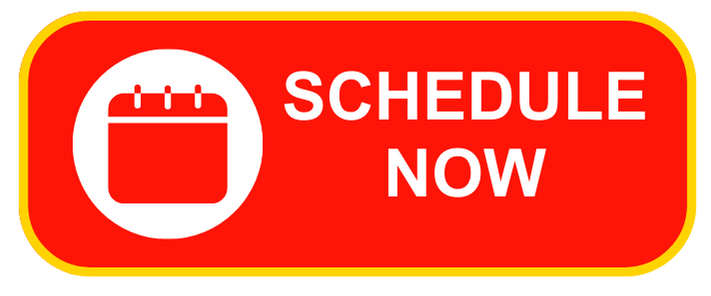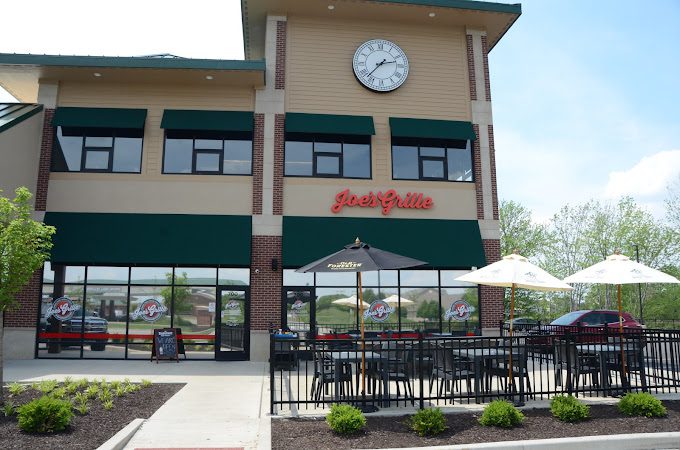plumbers near me
Schedule on your own without making a call. Click the button below to get started!

kitchen plumbing
The kitchen is one of the most used rooms in a home, and its plumbing system plays a vital role in its functionality. Here’s an overview of the essential components and considerations:
- Kitchen Sink Plumbing:
- Sink: The centerpiece of your kitchen, where food preparation, washing dishes, and handwashing occur. It typically consists of a basin, faucet, drain stopper, and a drain pipe.
- Faucet: Provides hot and cold water through handles or a single-lever control. Sprayer faucets offer additional functionality for rinsing dishes.
- Drain system: Includes a P-trap (a U-shaped pipe) that traps water to prevent sewer gasses from entering your home, and drain pipes that carry wastewater to the main drain line.
- Garbage disposal (optional): An appliance that grinds food waste before it enters the drain, reducing the risk of clogs.
- Other Kitchen Plumbing Components:
- Dishwasher supply and drain lines: Connect the dishwasher to the hot water supply and the drain system.
- Ice maker supply line: Connects the ice maker in your refrigerator to the cold water supply.
- Under-sink cabinet plumbing: May include shut-off valves for isolating the water supply to individual fixtures for repairs or maintenance.
kitchen sink plumbing
Kitchen Sink Plumbing: Maintaining Functionality
Clean your sink and faucet regularly to prevent mineral buildup and the spread of bacteria. Use appropriate cleaning solutions and avoid abrasive materials that can scratch the surface.
If you have a garbage disposal, avoid putting grease, coffee grounds, and other non-grindable items down the drain, as they can clog the system.
Regularly check for leaks under the sink and around the faucet base. Address any leaks promptly to prevent water damage.
Consider having a plumber inspect your kitchen plumbing system periodically to identify and address potential issues before they escalate into major problems.
The plumbing system in the kitchen typically consists of a network of pipes and fixtures that facilitate the supply of clean water and the removal of wastewater. Water is usually provided through supply lines connected to faucets, while drainage is managed by a system of pipes leading to the sink drain and, ultimately, to the main sewer line. Additionally, there may be connections for various kitchen appliances such as dishwashers and refrigerators with water dispensers. The plumbing system ensures a seamless flow of water for cooking, cleaning, and other kitchen activities, maintaining hygiene and functionality within the space.
The cost of installing kitchen sink plumbing can vary widely depending on several factors such as the location, complexity of the installation, and the type of materials used. On average, homeowners in the United States may spend between $1,300 to $1,600 for a basic kitchen sink plumbing installation. This estimate includes labor costs, materials, and any necessary permits. However, costs can increase if additional work is needed, such as modifying existing plumbing, installing new fixtures, or addressing any structural issues. It’s advisable to obtain quotes from local plumbers to get a more accurate estimate based on your specific requirements and location.
The pipes under the sink are commonly referred to as the “sink drain pipes” or “kitchen sink plumbing.” These pipes include the P-trap, which is a U-shaped pipe designed to trap water and prevent sewer gasses from entering the kitchen. The P-trap is connected to the tailpiece, which extends down from the sink drain, and the drainpipe that leads to the main sewer line. The specific components may vary, but collectively, they make up the plumbing system responsible for carrying wastewater away from the sink and ensuring proper drainage.
While it’s possible for homeowners to install a new kitchen sink themselves, hiring a plumber is often recommended for a professional and trouble-free installation. Plumbers have the expertise to handle the complexities of sink plumbing, ensuring proper connections, preventing leaks, and meeting local building codes. Additionally, they can address any unexpected issues that may arise during the installation process. If you have experience with plumbing and feel confident in your abilities, a DIY installation might be feasible. However, for those less familiar with plumbing work, hiring a plumber can save time and potentially prevent future issues.
Plumbers generally handle the installation and maintenance of plumbing systems, including connections within sink cabinets. However, the installation of sink cabinets is typically managed by carpenters or general contractors who specialize in remodeling. Coordination between plumbers and carpenters ensures a comprehensive and well-executed result when both plumbing and cabinet installation are involved in a project.
residential plumbing services
Residential Plumbing Services: Addressing Your Needs
A wide range of residential plumbing services are available to cater to various needs in your home:


Fixing leaks in faucets, pipes, fixtures, and other plumbing components.
Clearing clogged drains in sinks, bathtubs, showers, and toilets.
Installing or repairing faucets, toilets, sinks, garbage disposals, and other plumbing fixtures
Installing or repairing water heaters, ensuring consistent hot water supply.
Repairing malfunctioning toilets or replacing outdated models with water-efficient options.
Installing or repairing sump pumps used to remove basement water.
Sink Repair & Installation Service
Sinks are vital components in kitchens and bathrooms, requiring proper functioning to ensure everyday tasks run smoothly.
Sink Repair:


Fixing leaks around the faucet base, drain connections, or the sink itself, addressing potential water damage concerns.


Repairing or replacing malfunctioning faucets, including leaky valves, loose handles, or faulty spray functions.


Clearing clogs caused by debris build-up, soap scum, or grease, using various methods like plunging, snaking, or hydro jetting.
Kitchen sink drain repair
A functional kitchen sink drain is crucial for maintaining a hygienic and efficient cooking space. Here’s a professional repair methods:
1. Auger:
A motorized cable that can reach deeper clogs and break them up.
2. Hydro Jetting:
A high-pressure water jet that can clear stubborn clogs and thoroughly clean pipes.
3. Leak Repair:
Depending on the location and cause of the leak, the plumber might repair the existing components or recommend replacements.
kitchen sink drain cleaning
Clogged kitchen sink drains are a common plumbing issue. Here are some methods you can try to clear the clog yourself, along with when it’s best to call a professional:
DIY Methods:
The most common method. Use a sink plunger specifically designed for kitchen sinks with a flange to create suction and dislodge the clog.
Pour a pot of boiling water down the drain, followed by cold water. The hot water can help melt grease or soap buildup, while the cold water helps flush it away.
Pour half a cup of baking soda down the drain, followed by a cup of white vinegar. The mixture will fizz as it reacts, potentially breaking down mild clogs. After the fizzing stops, flush with hot water.
A long, thin plastic cable that can be inserted into the drain to snag and remove hair or other debris.
Wear gloves and eye protection when using harsh chemicals or attempting to remove clogs manually.
- Ensure the sink drain pipes, including the P-trap, are installed correctly and securely connected.
- Check for any leaks or drips under the sink, tightening connections as needed.
- Turn on the faucet to check for adequate water flow and proper hot/cold water mixing.
- Verify that there are no leaks around the faucet base or handles.
- If applicable, ensure the dishwasher is properly connected to the sink drain and water supply.
- Test the dishwasher to confirm it drains into the sink without any issues.
- If a garbage disposal is installed, verify that it is connected correctly to the sink drain and power supply.
- Test the garbage disposal for proper operation and check for leaks or unusual noises.
- Inspect the area under the sink cabinet for any signs of water damage or moisture buildup.
- Apply caulking or sealant around pipe penetrations to prevent water leaks and protect the cabinet from damage.









